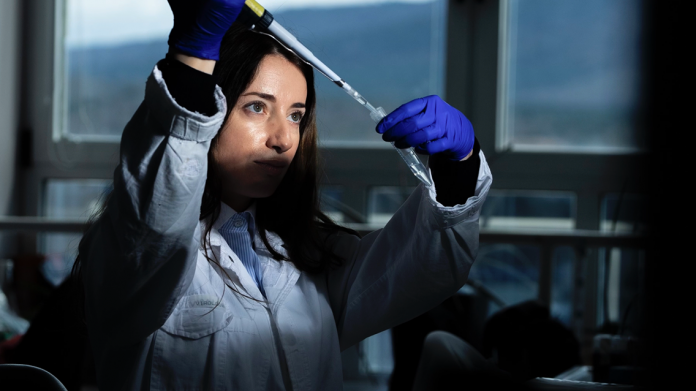A network of labs that study and survey Tick-Borne FlaviViruses
The best results stem from collaborative efforts of a great team of experts across nations. When the work of the virologists involved in the Tick-Borne FlaviVirus – TBFVnet project, was affected by the Covid-19 pandemic, and later, when we lost our Russian partners due to the sanctions imposed following the outbreak of the war with the Ukraine, the determination to network, nonetheless ensured the value and integrity of their findings.
TBFVnet established a network of laboratories sharing best practices for detection and surveillance of tick-borne flaviviruses, a class of viruses delivered by ticks which are endemic in eastern and central Europe but moving west. The network wanted to be able to detect the infection, but also to develop antiviral drugs, which were not yet available, and to expand to other regions impacted by the disease, such as Slovenia and the Republic of Moldovia. During the four years of the project, the network published results in scientific journals, and presented these at meetings for both the scientific and lay public. It optimised protocols and key reagents for virus detection, at the molecular and blood serum level, and completed whole virus genome sequencing, which was shared between the laboratories.
The ramifications of education and training in laboratory techniques also through an exchange programme of junior staff between the laboratories in the different countries of the network (Italy, Czech Republic, Slovakia, Norway), has contributed to the establishment of a common strategy on TBFV pathogenesis studies and antiviral drug discovery. The exchange of researchers also contributed to their career development, as doctoral or master students, providing exposure to a different, international environment.
The project has involved tens of researchers, scientists, and students, and a considerable number of the public (200 people live and online attending the public engagement event on the topic; to date explanatory videos on YouTube have reached 1,000 views). The opportunity given to young women in science in the context of the project, to learn and build their own networks for career development, signifies perhaps one of the greatest impacts achieved.
Consolidated and clear media coverage of all these results, particularly at a time when disinformation and the disintegration of the social and democratic fabric is a real threat, undoubtedly constitute some of our best practices.
Most importantly, communications were based on sound scientific knowledge, and prepared by experienced communicators versed in the latest techniques and developments in science dissemination. Thanks to dynamic visuals, regular updates, a broad readership, and the support of the Regional Cooperation Magazine in carrying over some of the best stories, we look forward to the impacts created by the project continuing well into the future.
Suzanne Kerbavcic


